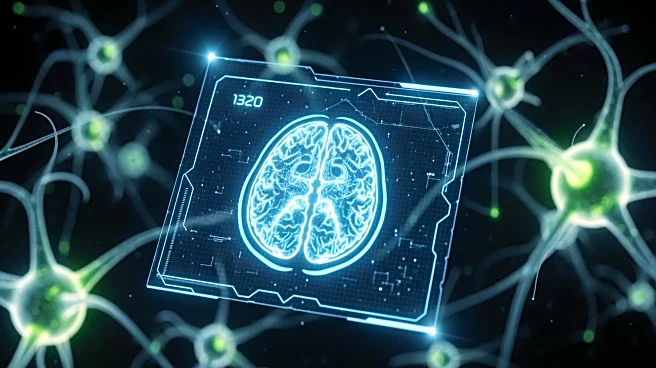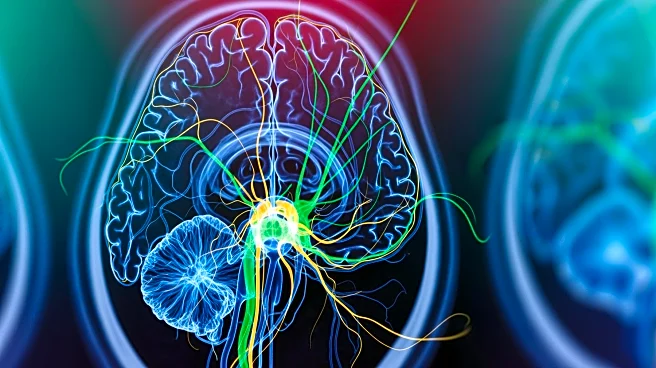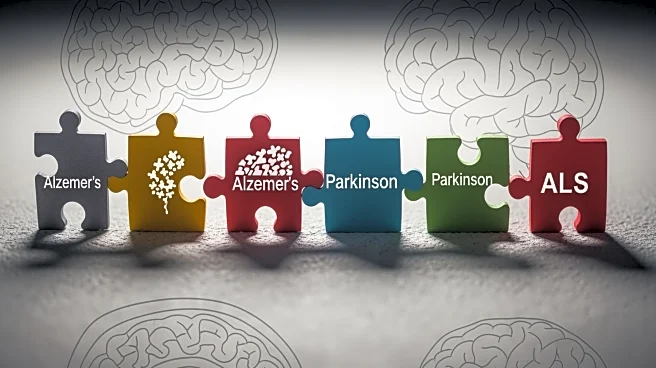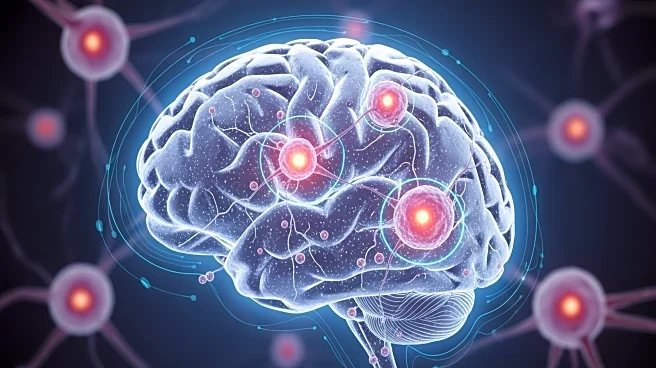What's Happening?
Recent advancements in biomarkers for neurodegenerative diseases are revolutionizing diagnostic processes. Positron emission tomography methods detecting amyloid-beta and tau pathology in Alzheimer's disease are increasingly
used to improve clinical trials and observational studies. Blood-based biomarkers are emerging as cost-effective alternatives, potentially transforming the global diagnostic landscape. Biomarkers for alpha-synuclein pathology in Parkinson's disease and blood-based markers of general neurodegeneration and glial activation are also gaining traction.
Why It's Important?
The development of accessible and cost-effective biomarkers is crucial for improving the diagnostic workup of neurodegenerative diseases. These biomarkers facilitate the development and monitoring of effective disease-modifying therapies, offering the potential for earlier intervention and improved patient outcomes. The ability to detect diseases early can lead to more effective treatments, reducing healthcare costs associated with late-stage interventions.
What's Next?
The implementation of novel biomarkers in clinical practice and trials is expected to grow, with ongoing research exploring their potential in diagnostics and treatment strategies. As the understanding of biomarkers deepens, their integration into clinical settings will likely become more widespread, aiding in the development of personalized medicine approaches. The continued validation of imaging biomarkers and the exploration of genetic biomarkers will further enhance diagnostic accuracy and treatment efficacy.
Beyond the Headlines
The ethical considerations surrounding biomarker research, particularly in terms of patient consent and data privacy, are significant. The integration of biomarkers into clinical trials and their potential role in personalized medicine underscore the need for standardized protocols and rigorous validation processes. The transformative potential of biomarkers in neurodegenerative disease research highlights the importance of continued innovation and collaboration across scientific disciplines.











